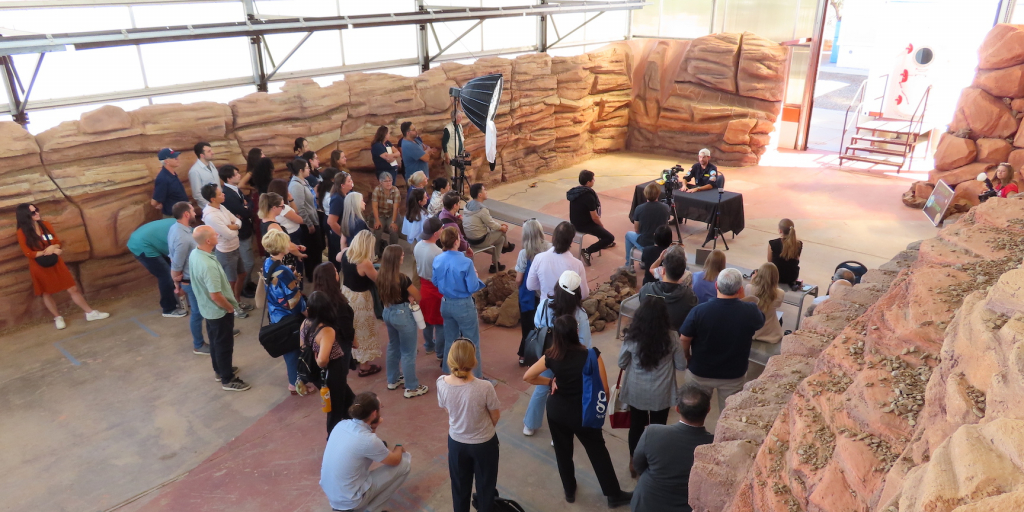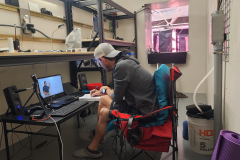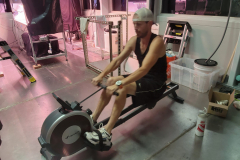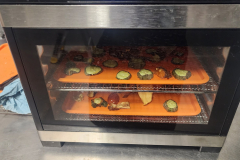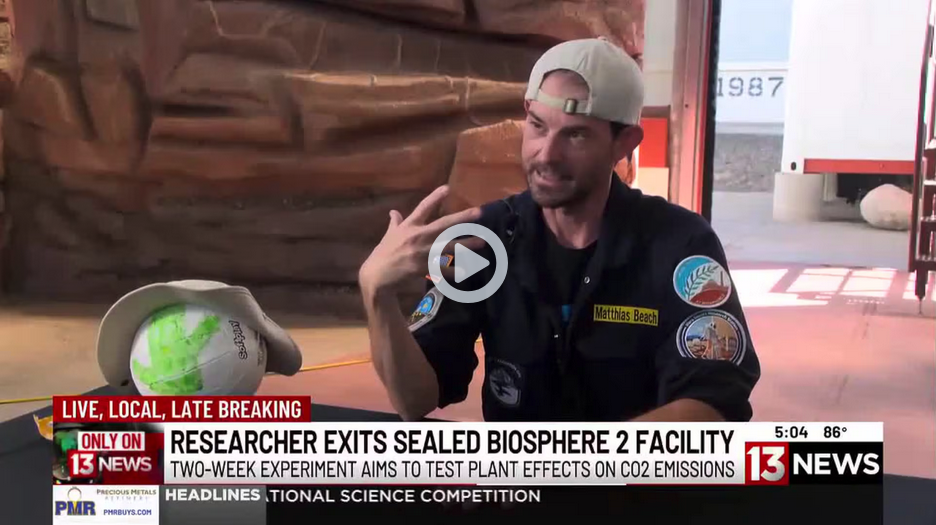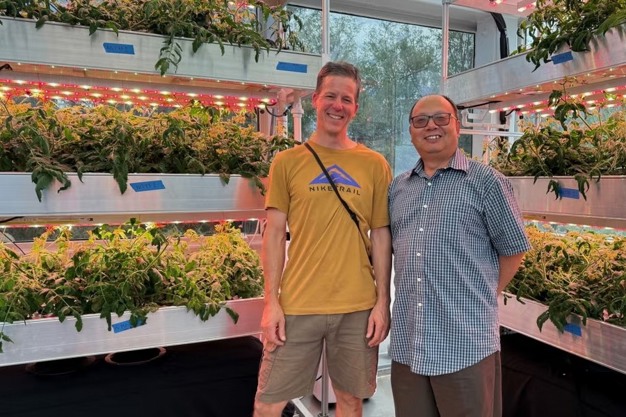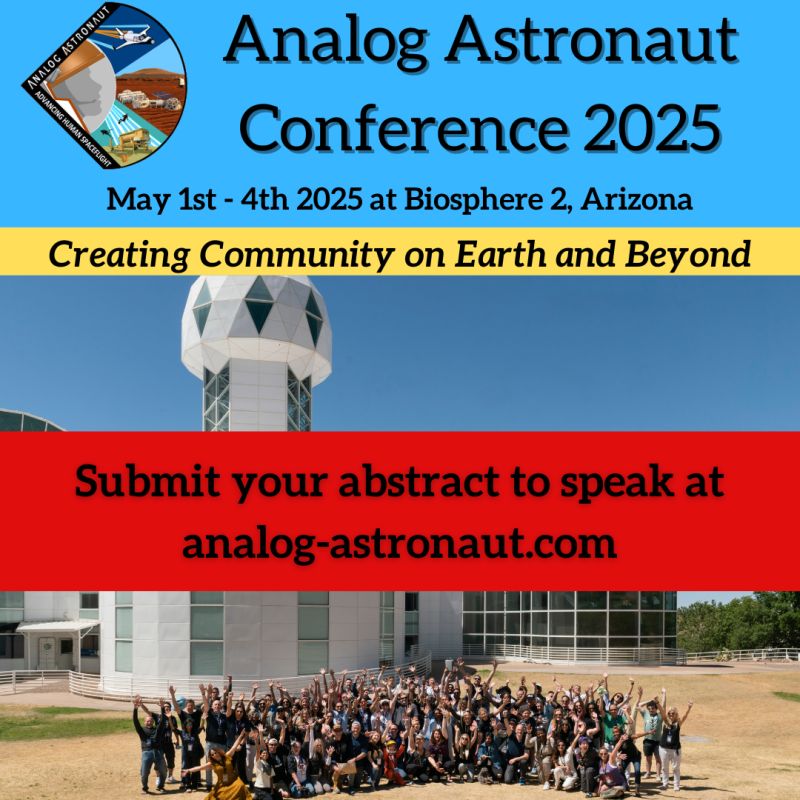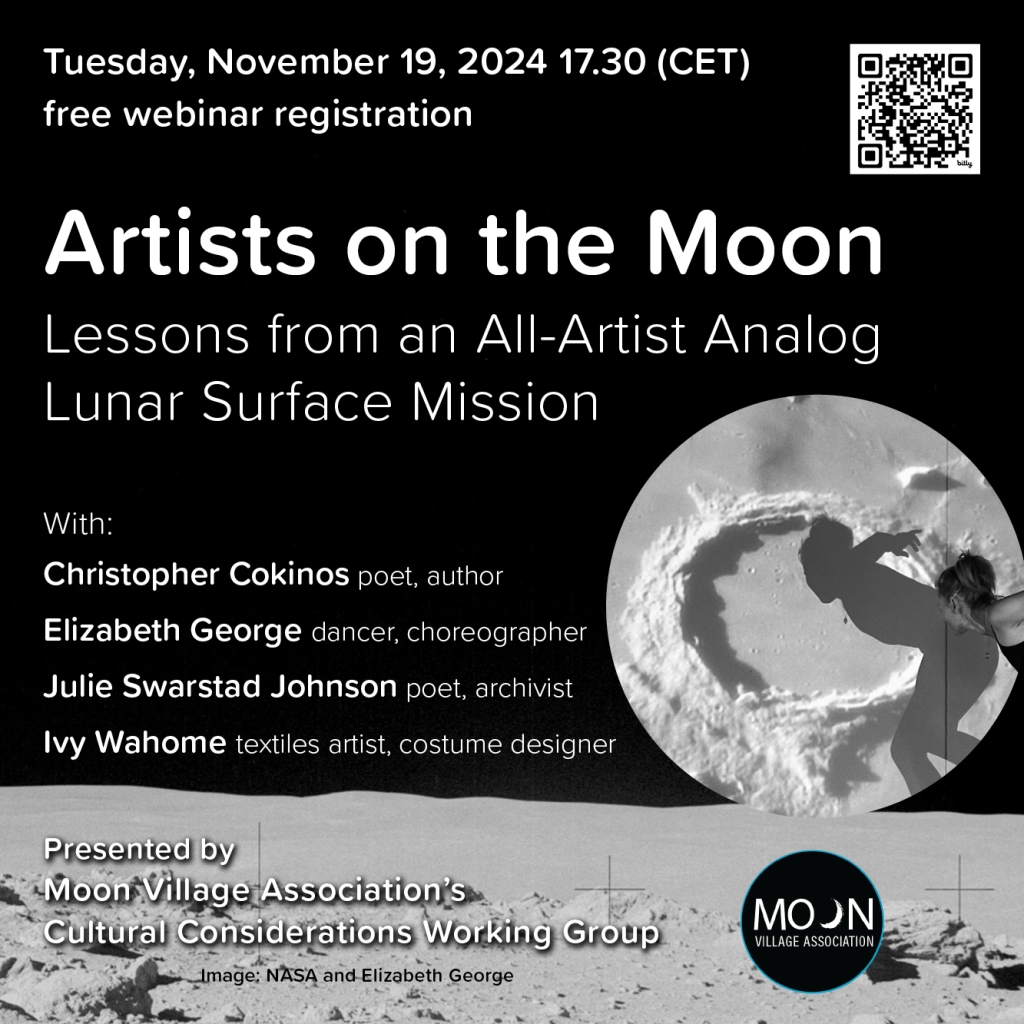Dwarf peas breathe new life into space habitat research

Dwarf peas inside Biosphere 2’s SAM breathe new life into space habitat research
by Laine Kowalski, Office of Research and Partnerships, University of Arizona
“At the University of Arizona’s Biosphere 2, a small, airtight habitat is yielding greater understanding about how humans might one day survive far beyond Earth and on Mars. For the past two weeks, one researcher lived sealed inside the Space Analog for the Moon and Mars, or SAM, sharing his quarters with 144 dwarf pea plants.
The goal of the project was to measure how much carbon dioxide the pea plants could remove from the air and how much oxygen they could return in a closed system sustained only by sunlight, water and human breath.”


